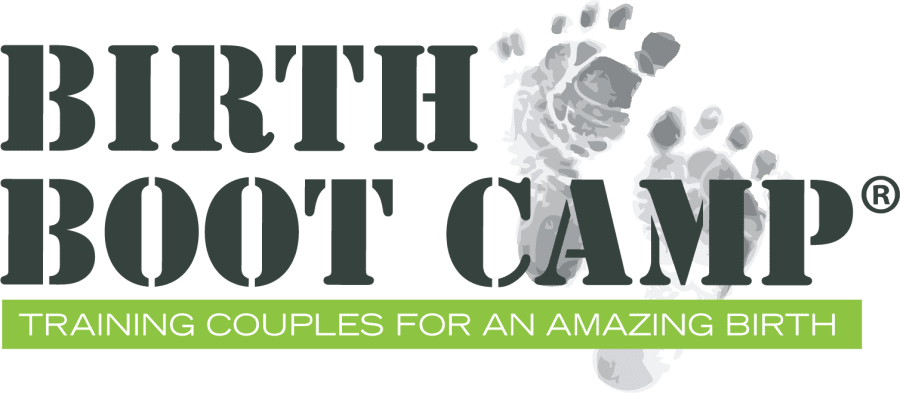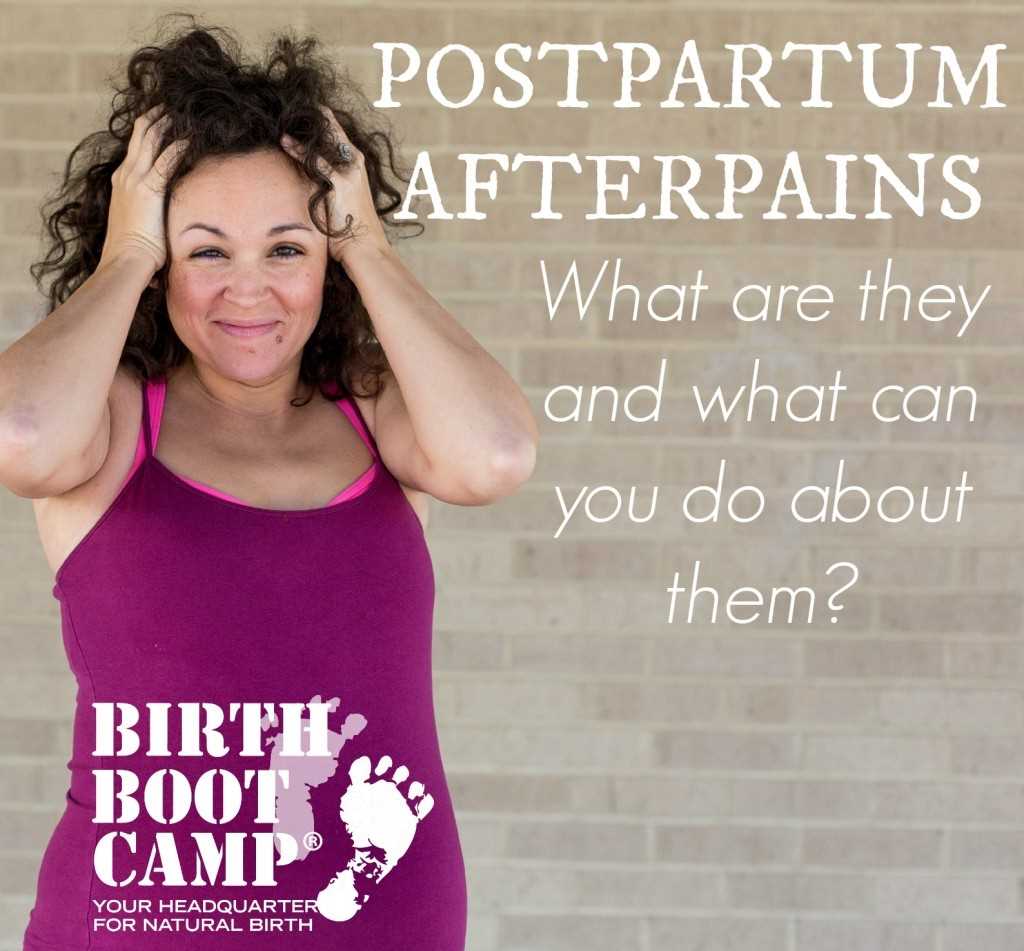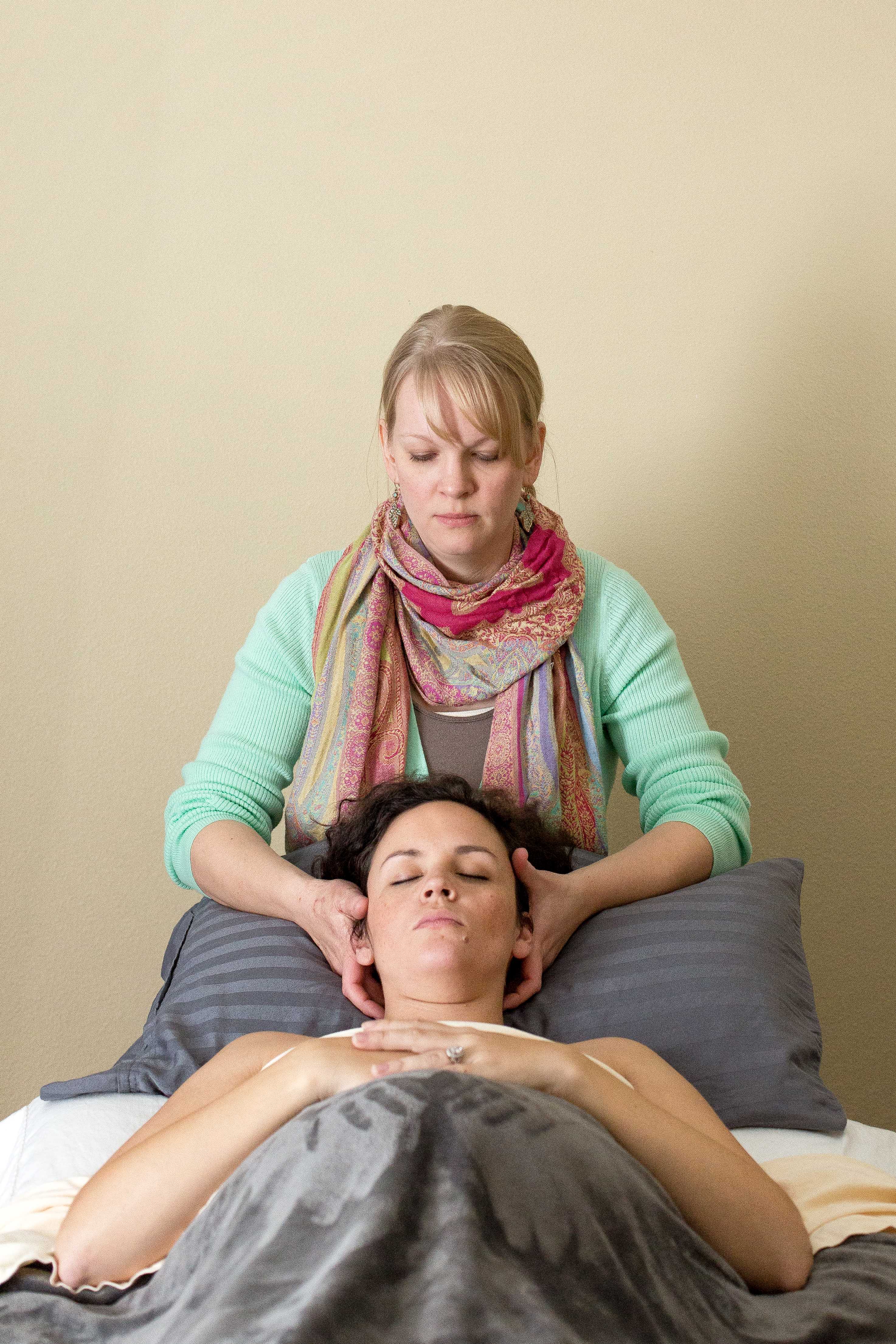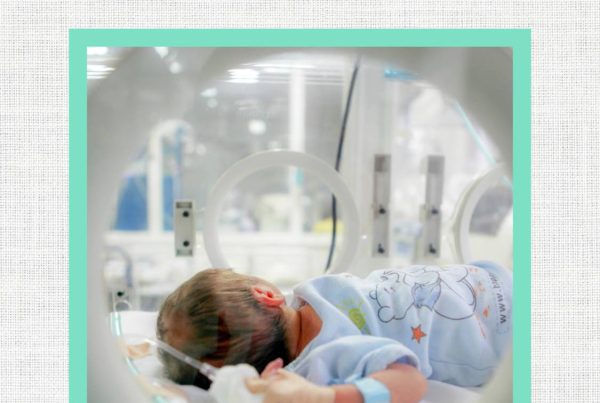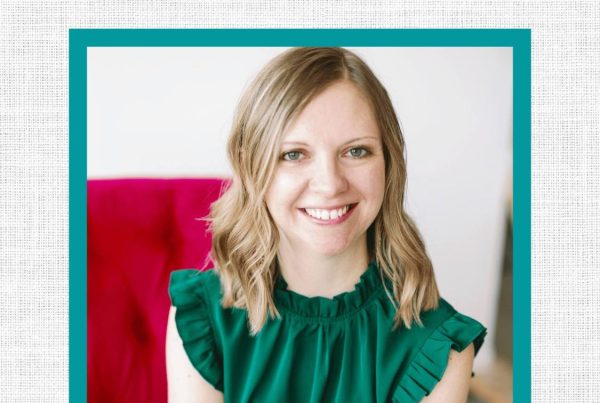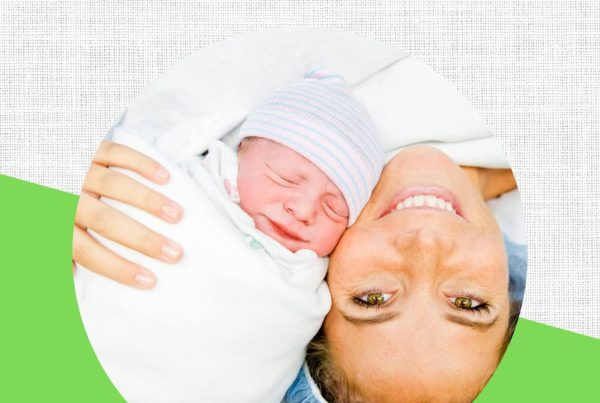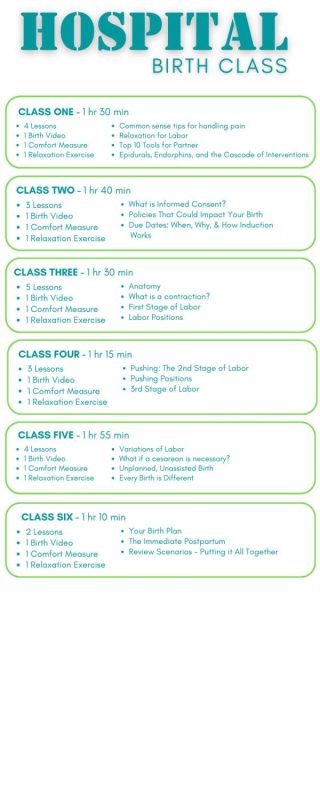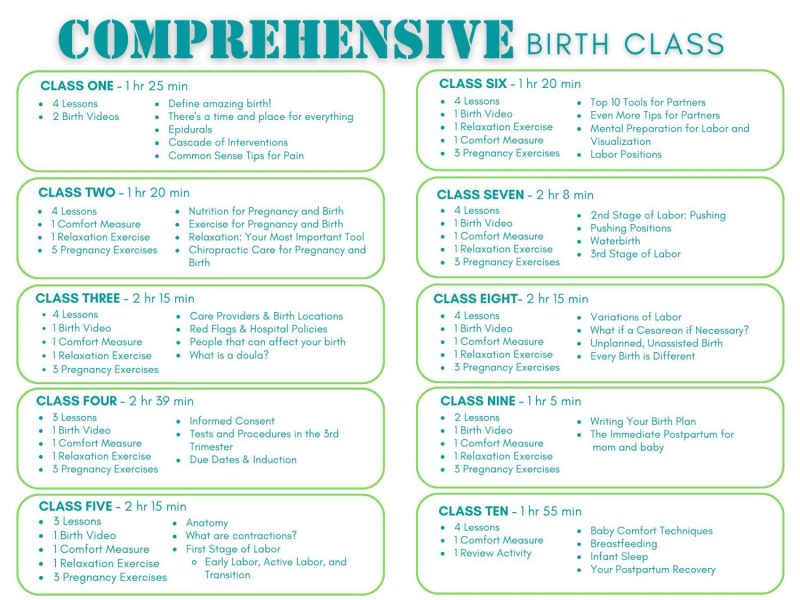Postpartum afterpains
Many first time mothers have never even heard of them, and some won’t even notice the cramping sensation known as afterpains. Occurring after the delivery of the child, afterpains consist of postpartum cramping that is felt (or not noticed) after delivery of a baby and continues for a few days.
Especially noticeable during breastfeeding, postpartum afterpains are a sign that the uterus is cramping and shrinking back to its pre-pregnancy state. Postpartum afterpains serve an important purpose: helping the uerus become smaller so as to minimize blood loss. Because breastfeeding stimulates oxytocin production and oxytocin helps contract the uterus, women may have a constant, almost labor-like, feeling of cramping while they nurse their baby.
Just as with most topics relating to birth and postpartum, there is much variation in the way that women experience afterpains. Elisha, a mom of one and childbirth educator in Lewisville, TX says that, “Every time I nursed I felt my uterus contracting, but it would go away shortly after each nursing session began. I just knew the pain had a purpose, and couldn’t let it interfere with my breastfeeding experience.†Some women, particularly first time mothers, may not even notice afterpains at all.
Women often report that the more babies they give birth to, the stronger and longer the postpartum afterpain sensation is.“With my second I mostly just had them while nursing. And with my third I had them all the time for at least three days postpartum. And they were so horrible and intense, I couldn’t even hold the baby while having them,†reports Holly, a Birth Boot Camp instructor in Denton, TX. Others report that after the sixth birth, afterpains diminish once again and are not as noticeable.
Postpartum Afterpain Relief
There are many things that can be done to help relieve the pain and intensity of afterpains. Here are a few ideas. Take those that work for you and disregard those that don’t. We are all different!
-Employ Relaxation Techniques-
Your childbirth class no doubt helped you tune in to your own ability to relax through times of stress, strain, and even pain. While the focus in a birth class is on using these tools for a natural birth, the ability to relax can be helpful in many different situations (especially as a parent!)
Valerie, a Birth Boot Camp childbirth educator in Princeton, NJ, says, “All of my practice and education in dealing with labor contractions helped me, even after birth! Plus, just like with labor contractions, I knew that they had a purpose. Labor contractions were not frightening because I knew that they were intense for a reason (dilating my cervix, moving my baby down and out). And afterpains weren’t frightening because I knew they were working to preventing excess bleeding (also a very good thing!). In both circumstances, knowing that it was normal and even useful eased my worries and concerns.†Just like with birth, knowledge and relaxation are helpful in dealing with afterpains.
Focusing on deep breathing, just as you did to relax through those contractions in labor, can help you relax through the contractions after labor. The deep and cleansing breath that reaches down to your abdomen and fully employs your diaphragm, can help you let tension leave your body during postpartum contractions just as it worked in labor.
Rachael Hope, details what worked for her:
“I used a heating pad a lot in the first two weeks after my second was born, putting it on my front instead of my back. It seemed to help. Binding my stomach also seemed to help with the pain. The most helpful thing for me was just relaxing, breathing, and remembering that the afterpains were just my body readjusting after birth.â€
Other techniques that you liked for labor such as counting or distraction may also be useful. Find what works for you and use it as needed.
-Alternative Pain Management-
There are a variety of products and herbal options available that experienced birthing and nursing mothers find helpful in dealing with afterpains. Earth Mama Angel Baby Comfort tea, Skullcap and cramp bark tincture, Arnica tablets, Afterease, liquid calcium-magnesium, and Motherwart are all things that can spell relief. As with any medical treatment, it is important to consult with your care provider when using natural remedies too. Your midwife will be able to guide you as you choose what works best for you.
Other alternative methods that may be helpful with afterpains include hot stone massage (done by some midwives), or abdominal wrapping. Abdominal wrapping is a common part of postpartum care and mother support in some cultures and many are finding it useful still in relieving postpartum afterpains.
-Pharmacological Pain Relief-
Sometimes the pain associated with postpartum recovery, including afterpains, is such that a mother will have a difficult time recovering or sleeping, or even having a desire to breastfeed (especially if breastfeeding becomes associated with triggering afterpains.)
Kristi, a Birth Boot Camp instructor and doula in Houston, TX, who has had two natural births said that, “When I was nursing again, I broke down in tears and begged my husband to go get me some Motrin. He and my father-in-law, jumped in the car to go get me some. It really helped. Since then I’ve said, “I’m all about the natural birth, but I’m not all about the natural postpartum. Give me drugs!”â€
Talk to your care provider about what they recommend in this instance. Certain painkillers are not ideal for nursing women. There is a wide range of choices safe for nursing mothers.. Your provider will help you choose what works best and is safe for you and baby.
-Common Sense Comfort For Afterpains-
There are also simple solutions for dealing with afterpains. A warm cup of tea with milk as you settle and relax can be helpful. A hot water bottle or warmed rice pack over your abdomen can bring welcome relief during breastfeeding. The simple act of staying hydrated and eating nourishing, healthy food can be a comfort and aid during recovery.
Warm bone broth with vegetables, fresh fruits and nuts, green salads, and other nourishing postpartum foods that feed your recovering, hardworking body, cannot be underestimated at this transitional time of life. Allow and invite those around you to help nourish you as you recover. Or, if you know that support postpartum will be limited, seek to prepare beforehand so that you will have healthy things on hand after the time of birth. Don’t underestimate the joy of a freezer full of food.
Sometimes afterpains are more than just a physical occurrence, but can even serve as a reminder of the birth. For women who experienced very quick labors, the pain of afterpains can also serve as a sort of processing. As Nancy Rebarchik, a Birth Boot Camp instructor and doula in Hurst, TX, says, “After my second baby, a precipitous birth, the difficulty for me was more emotional. The afterpains made me feel like I was back in labor, which I was still emotionally processing. While they were intense, they allowed me to work through the emotional stuff most people process during labor. Sometimes, things that are hurtful can be very helpful. “
While not always pleasant, the experience of postpartum afterpains can serve multiple purposes. From helping mom slow down, to shrinking the uterus, and even helping ease the emotional transition into motherhood, this often secret but memorable experience is not one to be ignored.
~
In many ways, the immediate postpartum period and the first few weeks after the birth of a baby are things that we keep secret and rarely talk about. While understandable considering the intimate nature of these powerful life events, silence regarding the many changes in the body often leaves women feeling vulnerable, unprepared and confused.
Education and knowledge have the opposite effect. As Rachael says, ““I was so glad that both my midwife and a good friend warned me that the afterpains are more intense with the second baby than the first!”
Postpartum afterpains are one of these subjects that few realize even exists until they experience it for themselves. Sharing this knowledge is important preparation for a more pleasant entrance into the many joys (and sometimes unpleasant surprises) of motherhood.
